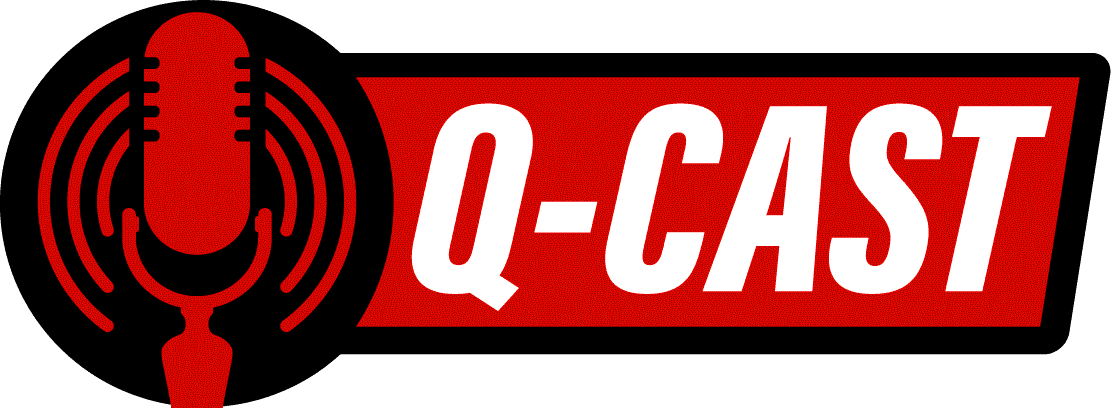H2 Deck By Bold Name
h2 xxxxxx
H1 xxxxxx
h2 xxxxx
Test & INspection

From consistent disclosure to systematic emission reduction, quality management plays a crucial role in the ESG landscape. By Genevieve Diesing
How Manufacturing Organizations Can Meet Their ESG Goals:
The Role of Quality Departments
ESG Part 2
H2 Deck Info By Paragraph Style Bold
Headline
Environmental, Social, and Governance (ESG) goals have become increasingly important for manufacturing organizations as they strive to align business practices with societal expectations. As leaders weigh variations in standards, frameworks, and discretionary reporting requirements, quality departments can play a key role in helping organizations meet their goals.
ESG Standards and Compliance
Regulatory compliance is the minimum requirement mandated by the government, while ESG represents non-regulatory components where organizations go beyond the baseline. Unlike regulatory requirements, ESG standards are not uniform, says Marcel Minutolo, PhD, professor of Strategic Management, Robert Morris University and Certified Six Sigma Black Belt. Organizations often struggle with choosing the right standard among various options such as Reuters, Bloomberg, or other ESG measuring agencies, but the selected standards must align with what the organization aims to achieve, Minutolo says.
The complexity stems from the fact that there is no singular ESG standard, Minutolo says. Different measuring organizations such as Reuters, Bloomberg, or other ESG measuring entities each have their unique criteria. This disparity creates a challenge for companies trying to figure out which standard to align with.
However, the selection of a reporting agency that fits an organization’s goals can provide targeted measurements. For example, Bloomberg focuses on the percentage of disclosure an organization aims to achieve. The higher the score, the more an organization is disclosing to the world.
These disclosure scores not only serve as targets but also enable quality teams and organizations to engage with stakeholders. By disclosing information about governance practices, an organization can initiate dialogue with its audience. Once stakeholders have this information, they can provide feedback, allowing the organization to make informed decisions.
In essence, this ESG approach starts a conversation, fostering communication between organizations and their stakeholders.
By selecting an appropriate reporting agency and maintaining a certain level of disclosure, leaders can engage in meaningful dialogue with stakeholders, which fosters feedback and helps organizations make informed decisions, Minutolo says. Moreover, disclosures can act as a means of communicating with suppliers, establishing expectations, and setting a platform for action.
Challenges in Standardization and Alignment
The plethora of different frameworks and standards in the ESG landscape leads to challenges in aligning suppliers, organizations, and consumers. Minutolo stresses the importance of making a thoughtful decision about which framework suits an organization’s value chain best, whether it’s the ACP start reporting framework in higher education or the ISO 26000 in manufacturing.
“I think part of the challenge that organizations have throughout the supply chain is getting on the same page [with stakeholders], whether they are your supplier, in your organization or the consumer,” Minutolo says. “Really, it’s about making a thoughtful decision about what framework makes sense for your value chain.”
How can quality methodologies such as Six Sigma contribute to meeting ESG requirements?
Quality management isn’t a separate entity from ESG; it’s an essential component. Utilizing Six Sigma principles, organizations can enhance their ESG efforts, providing a structured approach to continuous improvement.
Six Sigma’s DMAIC (Define, Measure, Analyze, Improve, Control) framework offers a robust method for ESG reporting. By following this cycle, organizations can refine their disclosure processes over time, learning from initial challenges and getting better with each iteration, Minutolo says.
Research underscores the value of consistent ESG disclosure. Firms that regularly share ESG measures outperform those that don’t. Though the initial disclosure may be a learning curve, persistence leads to mastery.
Take greenhouse gas emissions as a case study. By using quality processes to define baseline emissions and implement reduction strategies, organizations can simultaneously reduce costs and minimize environmental impacts. Whether it’s Scope 1, 2, or 3 emissions, a systematic approach yields tangible results.
Systematizing ESG Efforts and Reward Mechanisms
A well-structured approach to ESG allows for clear goal setting and progress tracking, Minutolo says. It can also foster employee engagement through reward mechanisms like profit sharing. By aligning personal incentives with organizational objectives, ESG becomes a collective endeavor.
The integration of quality methodologies with ESG requirements isn’t just a novel idea; it’s a practical strategy for aligning performance and responsibility. By utilizing tools like Six Sigma and the DMAIC framework, organizations can turn their ESG goals from mere aspirations into achievable milestones.
From consistent disclosure to systematic emission reduction, quality management plays a crucial role in the ESG landscape.
By engaging in transparent and ongoing dialogue with stakeholders, aligning with appropriate standards, and leveraging quality methodologies, manufacturing organizations can strive towards a future where ESG goals are not just aspirational targets but fundamental elements of business practice. As ESG continues to evolve, the collaboration between quality departments and organizational leadership will undoubtedly remain central to achieving these vital objectives.
xxxxxxx
xxxxxx
xxxxx xxxxxx.


ISO9001:2015: A Pillar for ESG Framework and Sustainable Development
ISO9001:2015 is not merely a globally recognized quality management system; it’s a versatile framework that transcends industries and countries to safeguard consumers and advocate human wellbeing.
While the quality management framework established through the ISO9001 may seem unrelated to corporate sustainability, the QMS may just be “the invisible force that every organization needs to ensure a robust ESG framework and benchmarkable ESG disclosure,” says Indika Edussuriya, global technical manager, ESG & Sustainability Report Assurance, TÜV Rheinland Group.
At the heart of ISO9001:2015 are principles that can fundamentally contribute to an organization’s sustainable development journey. Organizations who focus on the following often find improved collaboration between equity owners, employees, supply chain partners, and consumers:
- Engagement of People
- Customer Focus
- Leadership
- Process-Based Approach
- Continuous Improvement
- Evidence-Based Decision Making
- Relationship Management
Moreover, this standard fosters a sense of societal responsibility, empowering employees to consider the environmental and social impacts of their actions. By adopting a process-based approach and maintaining well-defined, controlled processes, organizations can streamline their ESG framework and reduce the risk of greenwashing.
“An organization that embraces the principles of employee engagement, customer
focus, relationship management and leadership at all levels, is well prepared for
important elements of an ESG framework such as stakeholder engagement,” Edussuriya says.
“Also, this creates a sense of responsibility for the society and its wellbeing and empowers employees at all levels to consider environmental and social impacts of their actions.”
An organization that adopts process-based approaches in their strategic planning,
implementation and management reviews can best support an ESG framework, Edussuriya says.
“Well defined, documented, controlled and internally checked processes and procedures would enable ESG and sustainability due diligence and reduce the risk of green washing,” Edussuriya explains.
